|
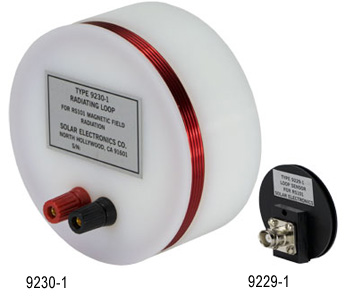

|
|
DESCRIPTION APPLICATION The arrangement is indicated in Fig. 1 (see Figures tab). With a known current flowing in the radiating loop, the magnetic field can be measured. Two graphs are supplied with the loops to make life easier for the test engineer. Fig. 2 shows a typical correction factor curve for the Type 9229-1 Loop Sensor. The current level to produce 110 dB/pT at 1.0 kHz is 3.0 mA. An accurately calibrated EMI receiver or spectrum analyzer will measure this as 42 dB/μV. Adding the correction factor of 68 dB/pT/μV from MIL-STD-462D, Fig. 2 equals 110 dB/pT as required by the specification. In those instances where the spectrum analyzer does not have sufficient sensitivity, the calibration can be accomplished just as well at a higher current level. For example, using 300 mA, the measurement would be 82 dB. Subtracting 40 dB from this answer and adding the 68 dB factor will equal 110 dB/pT/μV. Another approach to the calibration and the measurement depends on the accuracy of the EMI receiver. Simply subtract the sensor correction factor in dB/pT/μV (Fig. 2) from the desired magnetic field level in dB/pT. Then adjust the current until the EMI receiver reads this value in dB above one μV. Example: For a field of 110 dB/pT at 1.0 kHz, subtract 68 dB (Fig. 2) from this to obtain 42 dB. This value in dB above 1 μV on the EMI receiver is equal to 126 μV as indicated in RS101. A typical calibration test setup is shown in Fig. 3a. For current levels below 25 mA, it is feasible to use a
|
| |||||||||||||||
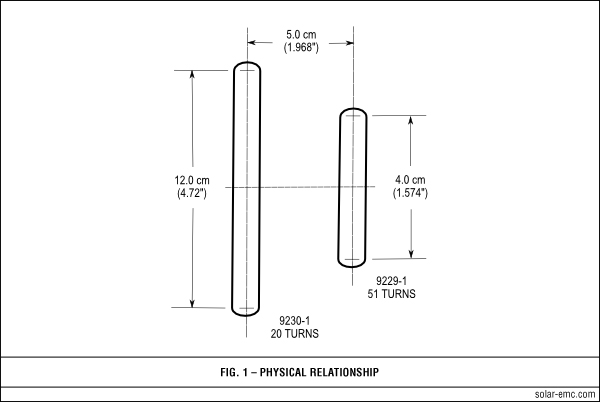 |
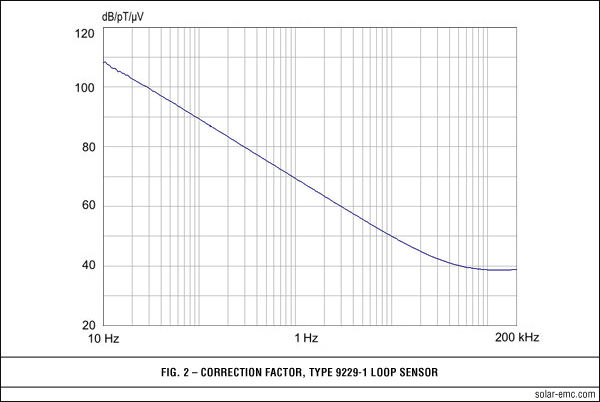 |
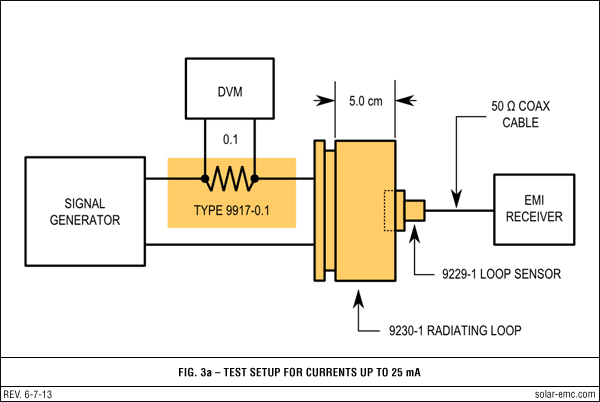 |
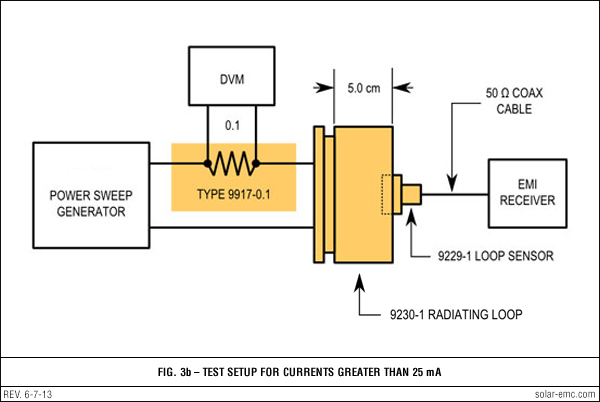 |
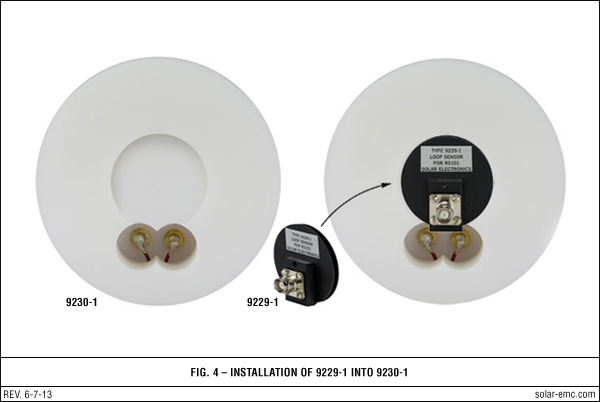 |

